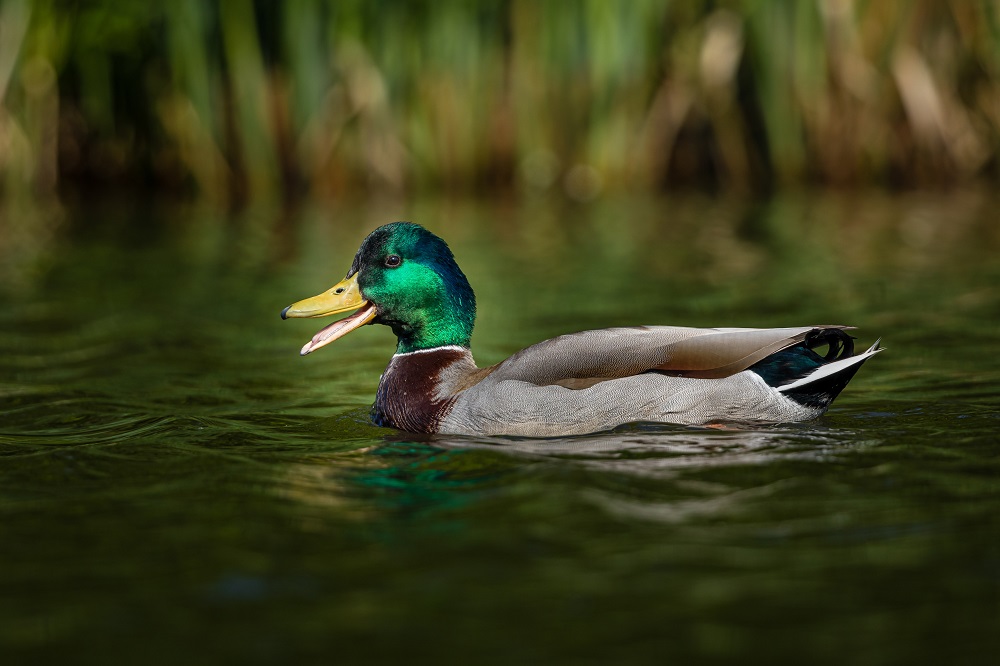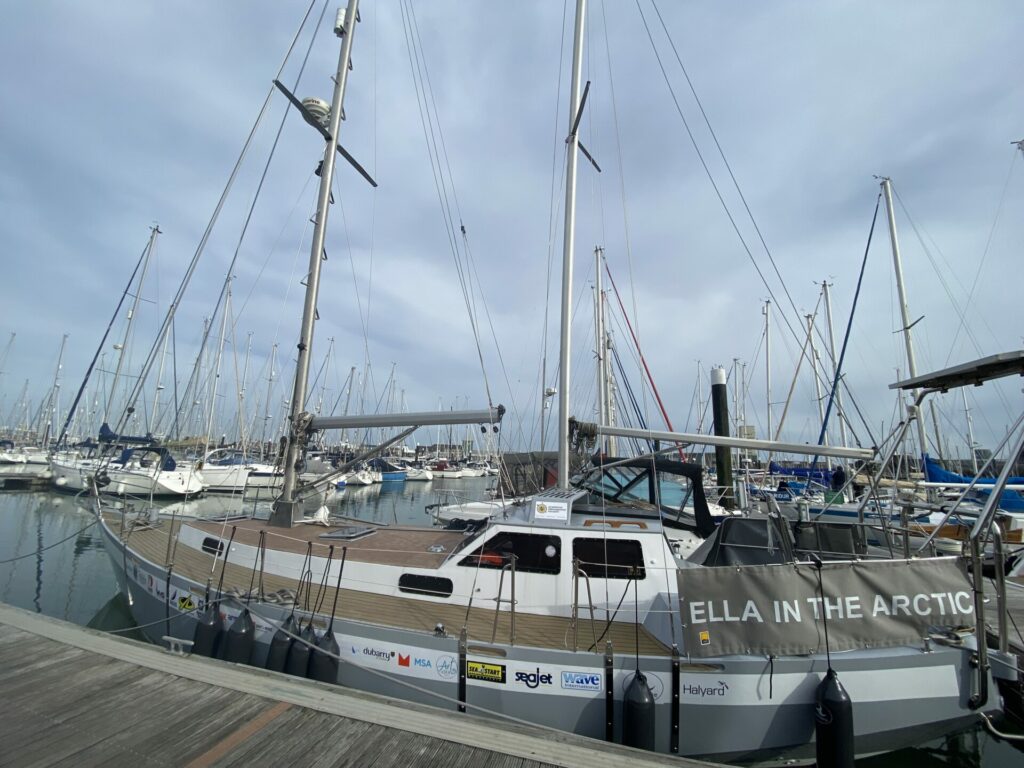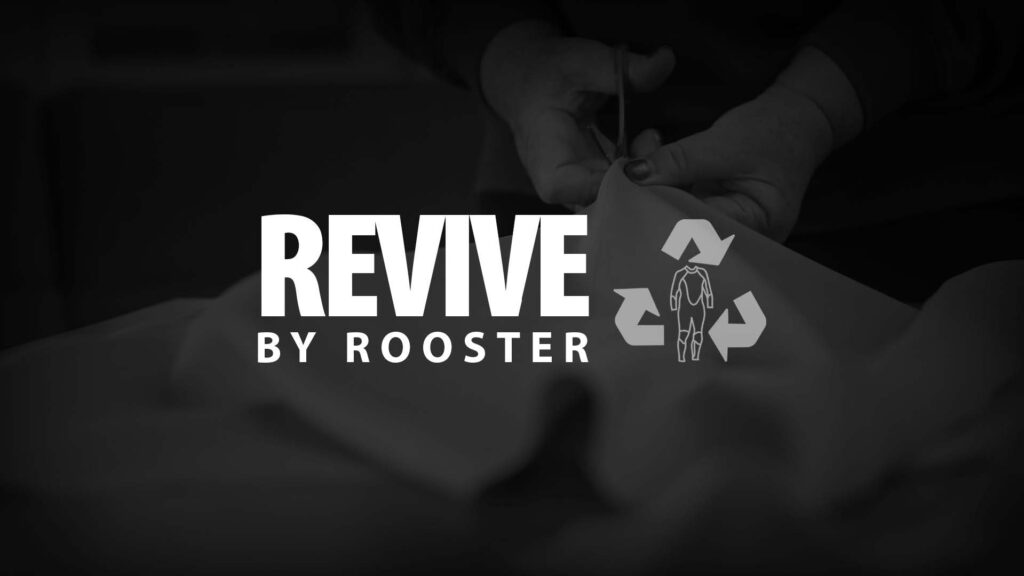The Hampshire & Isle of Wight Wildlife Trust share their top tips for feeding inland birds this winter.
As we head into Winter, many of us are looking for ways to support our wonderful wildlife. Out on chalk streams, waterfowl like ducks, swans, and geese will will be filling up in anticipation of the colder months. If you love to feed your local birds, then it’s important to do so in a safe and healthy way.
Did you know, for instance, that bread does more harm than good? While it fills them up, the lack of nutrition can cause them to become malnourished. The same goes for things like crisps, pastries, popcorn, and cereal. Wild foul can get so full, in fact, that they neglect their natural diet of plants, snails, worms, small fish, and insects. This leads to malnourishment, a severe example of which – called ‘angel wing’ – deforms their wings so they are unable to fly. What’s more, uneaten food attracts pests and encourages algal blooms that damage streams that kill chalk stream plants, fish, and insects.
The good news is that there are many other affordable and accessible options. Got leftover lettuce or wilted greens? Iceberg, rocket, kale, chard and cabbage are all great choices. If your salad bin is empty, raid the freezer for peas – just be sure to defrost them fully. Tinned, defrosted, or fresh sweetcorn will be welcome too.
In small amounts, rolled or porridge oats, plain cooked or uncooked rice, and bird seed provide nutritious nibbles. Alternating them with vegetables creates a balanced diet of fibre, vitamins, and fatty acids. But always steer clear of onion, spinach, avocado, and citrus fruit, which can give the birds digestive problems.
When out on your adventure, there are a few more things to remember. Make sure your snacks are in bite-sized pieces, since waterfowl don’t chew their food. Remove any packaging and take it home with you. If the birds seem disinterested or stop eating, keep your remaining food so it doesn’t get left to rot.
Following these simples tips will help our feathered friends – and their chalk stream homes – to thrive throughout the seasons. If you’d like to learn more about these precious wildlife habitats, and get involved in shaping their future, the Watercress and Winterbourne scheme in Hampshire is a great place to start!
Check out more projects from the Hampshire & Isle of Wight Wildlife Trust on their website, or email the Trust: winterbournes@hiwwt.org.uk.
Re-published with kind permission of the Hampshire & Isle of Wight Wildlife Trust, Watercress and Winterbournes and the National Lottery Heritage Fund.




